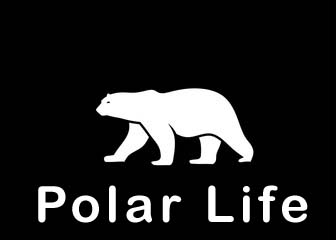Bering Wolffish, Anarhichas orientalis
This species has been classified as a “special concern” by the Committee on the Status of Endangered Wildlife in Canada because it has been found in only one place, Bathurst Inlet in the Northwest Territories. It can be distinguished from other wolffish by its colour, which is dark brown with lighter marbling and blotching. Young fish have 3 to 5 dark stripes along the flank and spots on the head. Fin ray counts are also used as a distinguishing feature. The dorsal fin has 81–86 spines and runs the length of the back. The anal fin begins about halfway down the belly and ends just before the caudal fin. The pectoral fins are large and fan-like while the pelvic fins are absent. The Bering wolffish grows to a length of 115 cm and a weight of 15 kg.
Shallow water among algal covered stones, or gravel and sand substrates are the preferred habitat of the Bering wolffish. It eats crabs and mussels, which also prefer inshore habitats. As ice begins to form around the shoreline during the winter, individuals move offshore, beyond the reach of the ice. Despite its “special concern” status, little is known about the breeding habits of this wolffish. Spawning may occur in spring and summer, but the numbers of eggs carried by a female is unknown.

